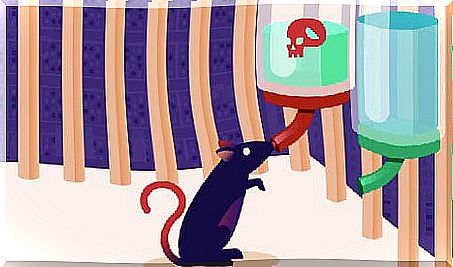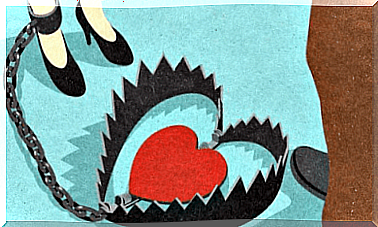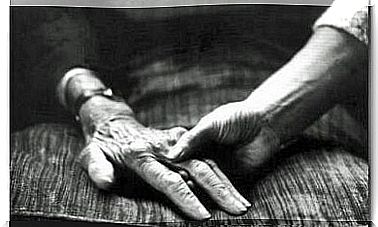Addiction Does The Most Damage When You See No Way Out

People have tried in all sorts of ways to explain addiction and drug use. And perhaps all these statements are somehow correct. One perspective speaks of environmental factors as risk factors for using and being dependent on a specific drug.

Trying to explain an addiction without taking into account the circumstances and characteristics of the person using it is a mistake. To really understand the problem, you have to look beyond the drug. You have to remember how addictive drugs are. And don’t forget that every person who takes drugs is different.
This raises questions. For example, why are there people who drink alcohol frequently and in large quantities, but do not become addicted?
The rats that only had drugs and the rats that had an escape funnel
You can better analyze the phenomenon of addiction by looking at it in a lab setting. In one experiment, a rat was placed in a cage with two bottles of water. One bottle was full of pure water and the second bottle had heroin or cocaine mixed with the water.
Almost every time they repeated the experiment , the rat became addicted to the drug-mixed water and continued to drink from the bottle until it died. This makes sense because of the effect drugs have on the brain. However, in the 1970s, Bruce Alexander, a Vancouver psychology professor, revised and redesigned the experiment.
This psychologist created a park for the rats. It was a cage full of entertainment where the rats had colorful balls, tunnels to explore, lots of friends and loads of food. Basically, the critters had everything they wanted. All the rats in the rat park tried the water from both bottles because they didn’t know what was in it.

The rats in the rat park were compared with rats that were kept in small laboratory cages. The difference was that the rats in rat park generally avoided the bottle with drugs in it. They consumed less than a quarter of the drugs consumed by the isolated rats. Not one died. Meanwhile, the rats that were alone and unhappy became addicted and less fortunate.
The importance of alternatives
The first experiment did not take into account the fact that the rat did nothing but follow reflections and fundamental stimuli. The rat could either do that or drink from the drugged water, which was at the very least a new motor activity. This had nothing to do with the appeal of the drugged water to the rat.
The second experiment gives the rats an ALTERNATIVE. The alternative in itself was very attractive, interesting and reinforcing. The rats that had an alternative or even a pleasant routine in their lives had no desire to continue drinking the water that stimulated their pleasure. Or at least they didn’t notice the imbalance.
It got even more surprising when someone did a third revision of the experiment. In this, they used rats that had spent 57 days in cages, where they could only ingest the drug. The researchers noted that once the rats got over the withdrawal symptoms and were in a happy environment, they all recovered.
A good life – the best way not to fall into a bad habit
When you’re happy, you don’t have to fill any voids. And if you’re not satisfied, you may be trying to make up for the missing chemicals with a drug. The nucleus accumbens acts like a pleasure center in the brain. It also plays an important role in positive experiences and responds to the rewarding effects of behavior. This part of our brain is like a king courting its ecological and chemical subjects.
There are loyal subjects who constantly supply him with goods and services. These subjects are the chemical servants for dopamine: water, food, reinforcing social interaction, a good bed to sleep in. If these pleasures are lacking, when they occur in a limited way and in an individual way, it means more pleasure.

Preventing Addiction
Drugs can have a lot of control over your behavior. This often happens when you miss something, like love, healthy routines, or a good job. Once they get a foot in the door, they can easily lead to an addiction. And the repeated use will start to destroy your life.
This is a hopeful statement that makes sense, without moralistic or chemical reductionist ideas that portray people with addictions as people without character. It helps us to see that addicts may be just like the rats in the first cage: isolated, alone, with only one way out, or that one form of pleasure in their lives.
However, if someone who uses drugs returns to a satisfying environment, this could prevent addiction. That person will eventually be surrounded by all kinds of other stimuli that activate the reward system in his brain.
The key therefore lies in creating a ‘cage’ that feels free. A ‘cage’ of alternatives that you can change to create pleasure. This way you will never become dependent on anything. Because drugs are clearly bad. But they get even worse when used in a desperate scenario where the person can see no other alternative. After all, we all just want to feel good, if only for a few seconds.









